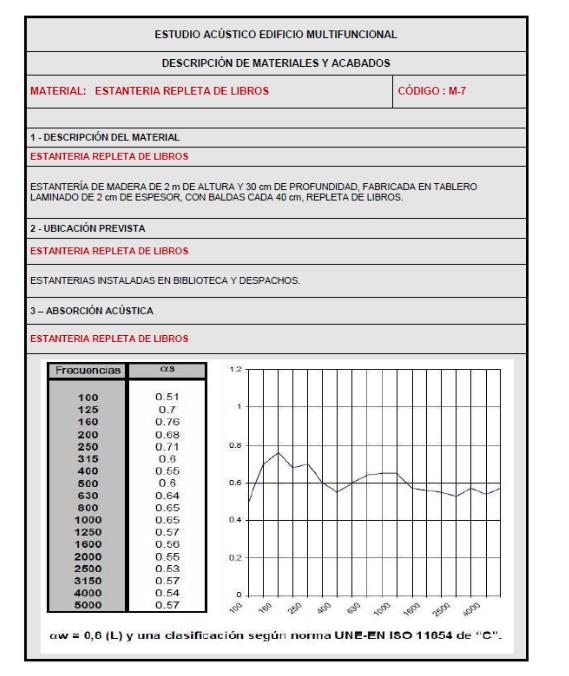Pues ya he podido probar el UltraCurve, esta tarde le he dedicado un par de horas largas a medir, ecualizar, probar, afinar, modificar, probar de nuevo ... lleva trabajo, pero vaya si me ha merecido la pena! Estoy absolutamente seguro de que nunca había sonado tan bien un equipo en mi casa. La diferencia está en que he conseguido ecualizar sin pasarme, porque cuando usé DRCoP o filtros REW aplicados con convolver, creo que arreglaba muchas cosas pero también se estropeaba alguna (aún así me compensaba ampliamente). Lo que permite la ecualización manual (lleva Atcing diciéndolo años, ya lo digo yo antes de que lo repita él  ), es mantener el control de lo que haces, y comprobar a oído hasta qué punto puedes llegar. Últimamente, con un simple GEQ de 10 bandas, ya sonaba bastante bien, porque arreglaba muchas cosas sin sobreecualizar nada.
), es mantener el control de lo que haces, y comprobar a oído hasta qué punto puedes llegar. Últimamente, con un simple GEQ de 10 bandas, ya sonaba bastante bien, porque arreglaba muchas cosas sin sobreecualizar nada. Pero claro, pasar de 10 bandas a 31 por canal (+ 3 paramétricos por canal que le he metido), teniendo ese mismo cuidado de comprobar a oído hasta dónde se puede llegar, pues se nota un rato. No es que sea fácil, pues las modificaciones que haces en un GEQ de 10 bandas se aprecian mucho más (y por lo tanto se pueden valorar correctamente) que en un GEQ de 31x2, pero apoyándome en la gráfica del RTA con un suavizado 1/6 y haciendo modificaciones de forma prudente, grabando las EQ, afinando y comparando, etc. he llegado a una mejora muy clara respecto a lo que tenía.
Y ya no es sólo la mejora en limpieza, dinámica, texturas, naturalidad, etc. sino que por fin he concentrado la función de ecualización en un aparato "transparente" a cualquier fuente, así que ya puedo escuchar con la mejor calidad formatos físicos de audio y/o video (a través de SPDIF), o archivos digitales (por receptor bluetooth + adaptadores) desde el móvil o desde el Foobar del portátil, mediante videos de youtube, etc.
Hoy ha sido un gran día en mi trayectoria audiófila, estoy super contento

.




 LinkBack URL
LinkBack URL About LinkBacks
About LinkBacks


 Citar
Citar
 ), es mantener el control de lo que haces, y comprobar a oído hasta qué punto puedes llegar. Últimamente, con un simple GEQ de 10 bandas, ya sonaba bastante bien, porque arreglaba muchas cosas sin sobreecualizar nada. Pero claro, pasar de 10 bandas a 31 por canal (+ 3 paramétricos por canal que le he metido), teniendo ese mismo cuidado de comprobar a oído hasta dónde se puede llegar, pues se nota un rato. No es que sea fácil, pues las modificaciones que haces en un GEQ de 10 bandas se aprecian mucho más (y por lo tanto se pueden valorar correctamente) que en un GEQ de 31x2, pero apoyándome en la gráfica del RTA con un suavizado 1/6 y haciendo modificaciones de forma prudente, grabando las EQ, afinando y comparando, etc. he llegado a una mejora muy clara respecto a lo que tenía.
), es mantener el control de lo que haces, y comprobar a oído hasta qué punto puedes llegar. Últimamente, con un simple GEQ de 10 bandas, ya sonaba bastante bien, porque arreglaba muchas cosas sin sobreecualizar nada. Pero claro, pasar de 10 bandas a 31 por canal (+ 3 paramétricos por canal que le he metido), teniendo ese mismo cuidado de comprobar a oído hasta dónde se puede llegar, pues se nota un rato. No es que sea fácil, pues las modificaciones que haces en un GEQ de 10 bandas se aprecian mucho más (y por lo tanto se pueden valorar correctamente) que en un GEQ de 31x2, pero apoyándome en la gráfica del RTA con un suavizado 1/6 y haciendo modificaciones de forma prudente, grabando las EQ, afinando y comparando, etc. he llegado a una mejora muy clara respecto a lo que tenía. .
.


